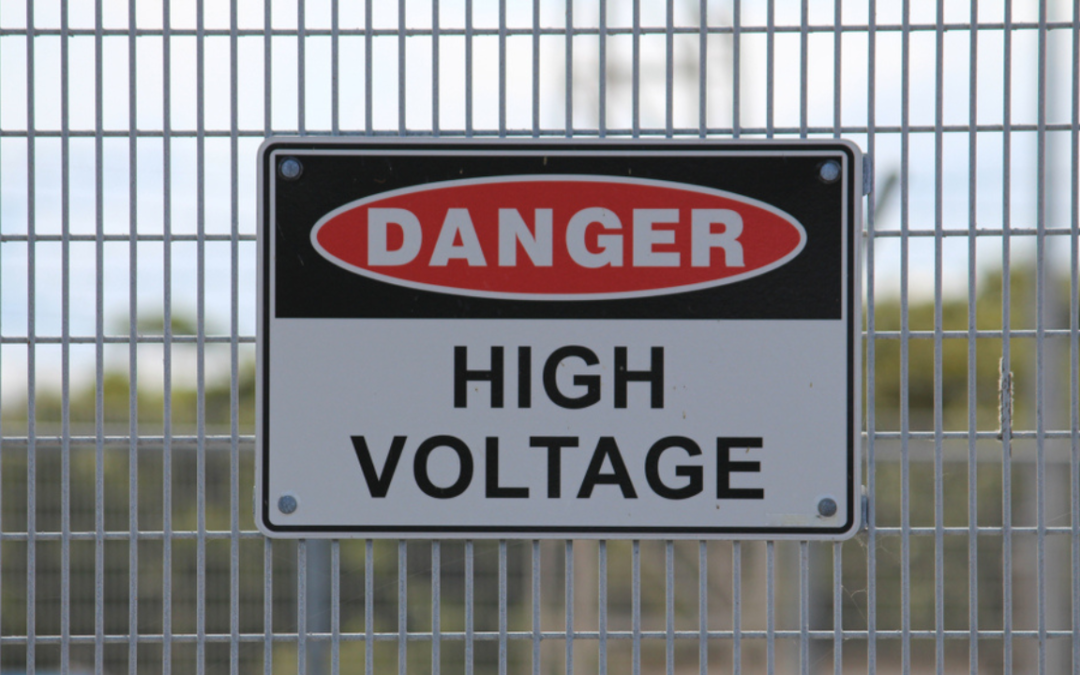In October 2020, more than 20 years after the start of the “Energiewende” (energy transformation) in Germany, something ground-breaking happened in global capital markets, far from the eyes of the general public. NextEra Energy, the largest U.S. wind and solar energy company, surpassed the market capitalization of oil giant Exxon, making it the most valuable US energy company. On November 6, NextEra Energy’s market capitalization was $148 billion, compared to $136 billion for Exxon. Just seven years ago Exxon was the most valuable publicly traded company in the world. Since then, it has since lost two-thirds of its market capitalization, while NextEra has more than tripled in value.
That is an impressive manifestation of trend underway for several years. Driven by the convergence of photovoltaics, wind power and energy storage, and in combination with nanotechnology and artificial intelligence, the energy sector stands at the threshold of its most profound revolution in the last 150 years.
For the vast majority of engineers, the outcome is clear: 100% clean electricity from the combination of sun, wind and battery storage is physically possible and economically affordable. By 2030, renewables will offer the cheapest electricity option globally. Just as computers and the internet drastically reduced the marginal cost of information, dramatically decreasing marginal costs for renewable electricity will fundamentally transform the global economy.
Technological developments have made it possible for renewable energies to become an integral part of the energy supply, despite pessimistic predictions. Indeed, almost all predictions made in recent decades have significantly underestimated the renewable energy potential. The fact that critics of the energy turnaround and representatives of fossil fuels underestimate the potential of renewable energies is not surprising, given their vested interests, but even many neutral observers have misjudged their potential.
Consider the following:
- In its World Energy Outlook 2002, the International Energy Agency (IEA) expected global wind energy capacities to rise to 100 gigawatts by 2020. This figure was reached after only six years instead of 18 and exceeded by 20 percentage points in 2020. In its 2015 report, the IEA estimated that by 2040 one third of the world’s electricity would be covered by renewable energies. But just five years later, renewables’ contribution stands at nearly 30 percent.
- In its Energy Roadmap 2050, the EU Commission assumed in December 2011 that the cost of capital for renewable energies was far too high. For the year 2050 it predicted prices of over 1,000 euros per kilowatt peak output. Already in 2020, prices for open-space photovoltaic systems were only around 600 euros, and even roof systems cost less than 1,000 euros per kilowatt peak output.
- In 2011, the German parliament initiated the second phase of the Energiewende. The goal was to increase the share of renewable energies in electricity production to 35 percent by no later than 2020 and to 50 percent by 2030. In fact, a share of over 50 percent will already achieved be in 2020.
- In 2016, Sigmar Gabriel, the then Federal Minister of Economics and Energy – not least in response to massive pressure from the coal lobby and mining unions – ensured that eight large coal-fired power plants that were slated to be shut down were kept on standby for another four years for possible energy shortages. The corresponding “Law for the Further Development of the Electricity Market” came into force on 30 July 2016. The operators were generously rewarded with hundreds of millions of euros by electricity customers. Only in retrospect do we know that Germany did not need the reserve.
According to the Institute for Competition Economics at the University of Düsseldorf, the Energiewende cost German electricity customers around 150 billion euros between 2000 and 2015. The lion’s share of just under 125 billion euros was accounted for by the EEG levy. Since 2000, the cost has been added to consumers’ electricity bills as a subsidy for wind, solar, biomass and hydro power installations. It can be seen as a (start-up) financing for the expansion of renewable energies. In the meantime, global investors are increasingly moving capital into renewables.
Soon there may no longer be a need for subsidies on behalf of green energy. Coal, gas, and nuclear power plants will simply be priced out of the market in the course of the 2020s. Since 2010 alone, the cost of electricity capacity from photovoltaic has fallen by over 80%, that from onshore wind by more than 45%, and the cost of lithium-ion batteries by almost 90%. It is easy to underestimate the power of an exponential drop in prices, even though digital technologies paved the way over the last 40 years.
Regenerative energy technologies will continue to undergo transformational change driving costs down further—70% for photovoltaics, 40% for wind energy and 80% for batteries over the next 10 years. The challenge of the base load capacity for solar and wind energy, which gives fossil and nuclear energy a competitive advantage today, is being addressed by the development of battery-powered capacity and the implementation of an efficient hydrogen or methanol power sources, ensuring that electricity generated from the sun and wind can be used day and night, throughout the year.
Many politicians and the general public remain under the false impression that 100% reliance on renewables is impossible. Misinformation stems partly from conventional models and forecasts that extrapolate linear trends rather than exponential change.
At the heart of exponential growth are scientific discovery and innovation. For example, in order to get as much energy as possible out of the available sunlight, engineers have come up with a number of ideas. These include layering semiconductor materials so that a wider frequency bands are possible. New solutions are also on the horizon. For example, efficiency gains of 80 percent are conceivable with the help of carbon nanotubes, which were only discovered in 1993.
Renewables have come a long way. Yet the best is still to come. Markets recognize the potential, as well as the destruction that creativity leaves in its wake. That’s why forward-looking investors value NextEra more highly than Exxon.



